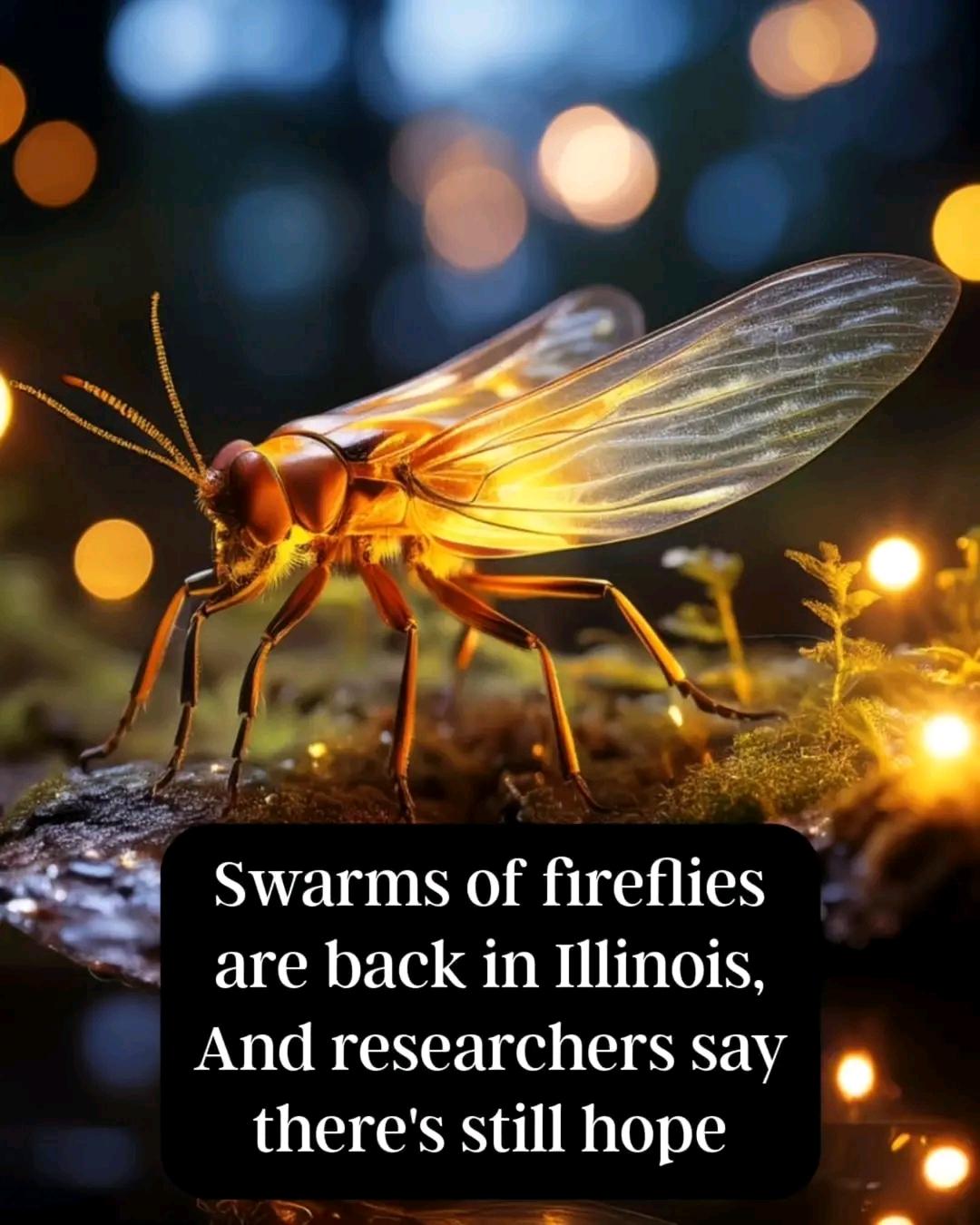In Illinois, summer 2025 has brought a resurgence of firefly swarms, sparking hope among researchers and enthusiasts that these bioluminescent beetles can overcome population declines.
Recent sightings, like those during a Bolingbrook hike, show fireflies thriving despite challenges like climate change, habitat loss, light pollution, and pesticides. These factors threaten the 26 firefly species in Illinois, with the cypress firefly listed as vulnerable and six others data-deficient, per the International Union for Conservation of Nature.
Anecdotal data makes it hard to confirm population trends, but increased sightings suggest local abundance, particularly in the Midwest, where climate shifts may favor fireflies. Researchers like Richard Joyce of the Firefly Atlas emphasize that habitat degradation, from urban development to chemical use, disrupts larvae development and mating.
Simple conservation steps—reducing outdoor lighting, limiting pesticides, and preserving natural habitats with tall grasses and leaves—can help. Fireflies, spending most of their lives as larvae, rely on moist soil and prey like slugs.
By fostering firefly-friendly environments, communities can support their recovery. This resurgence offers a chance to protect these enchanting insects, ensuring their glow continues to light up summer nights.
Recent sightings, like those during a Bolingbrook hike, show fireflies thriving despite challenges like climate change, habitat loss, light pollution, and pesticides. These factors threaten the 26 firefly species in Illinois, with the cypress firefly listed as vulnerable and six others data-deficient, per the International Union for Conservation of Nature.
Anecdotal data makes it hard to confirm population trends, but increased sightings suggest local abundance, particularly in the Midwest, where climate shifts may favor fireflies. Researchers like Richard Joyce of the Firefly Atlas emphasize that habitat degradation, from urban development to chemical use, disrupts larvae development and mating.
Simple conservation steps—reducing outdoor lighting, limiting pesticides, and preserving natural habitats with tall grasses and leaves—can help. Fireflies, spending most of their lives as larvae, rely on moist soil and prey like slugs.
By fostering firefly-friendly environments, communities can support their recovery. This resurgence offers a chance to protect these enchanting insects, ensuring their glow continues to light up summer nights.
In Illinois, summer 2025 has brought a resurgence of firefly swarms, sparking hope among researchers and enthusiasts that these bioluminescent beetles can overcome population declines.
Recent sightings, like those during a Bolingbrook hike, show fireflies thriving despite challenges like climate change, habitat loss, light pollution, and pesticides. These factors threaten the 26 firefly species in Illinois, with the cypress firefly listed as vulnerable and six others data-deficient, per the International Union for Conservation of Nature.
Anecdotal data makes it hard to confirm population trends, but increased sightings suggest local abundance, particularly in the Midwest, where climate shifts may favor fireflies. Researchers like Richard Joyce of the Firefly Atlas emphasize that habitat degradation, from urban development to chemical use, disrupts larvae development and mating.
Simple conservation steps—reducing outdoor lighting, limiting pesticides, and preserving natural habitats with tall grasses and leaves—can help. Fireflies, spending most of their lives as larvae, rely on moist soil and prey like slugs.
By fostering firefly-friendly environments, communities can support their recovery. This resurgence offers a chance to protect these enchanting insects, ensuring their glow continues to light up summer nights.
0 Комментарии
0 Поделились
409 Просмотры



